Since the rise in popularity of no-till gardening methods, tilling has rather come under fire. It’s gotten to the point where some people don’t want to admit to tilling, or even mention tilling their gardens on social media and online gardening groups.
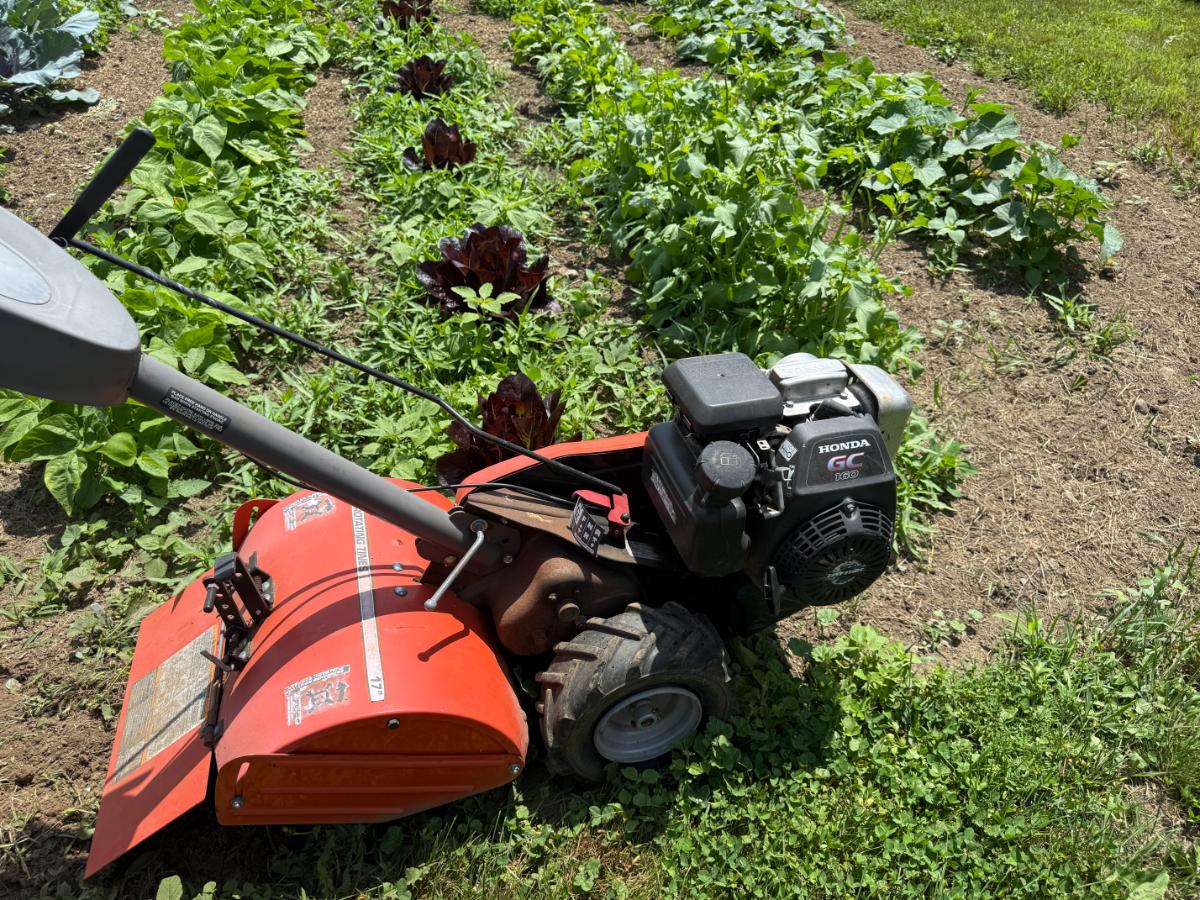
While we fully support and embrace no-till gardening methods, we also see value in other ways to grow and maintain a garden, including tilling and cultivating to keep the weeds at bay.
In the interest of making all gardeners feel welcome and highlighting some of the many benefits of using a rototiller or motorized or electric cultivating tool for garden weed control, we bring you a few solid arguments in favor of using your tilling method of choice and getting the job done.
Jump to:
- If it Gets Your Garden Weeded, Go for It!
- But Won’t We Work Up More Weeds?
- Reduced Amount and Impact of Microplastics in the Garden -- And in Your Food!
- Tillers and Cultivators are Real Time Savers!
- Reduce Herbicide and Possibly Pesticide Use
- Work Around Physical Limitations
- Gardening with Till Is Better than No Till/No Garden at All
- Tillers and Cultivators Have Other Garden Benefits
- Do What Keeps Your Garden Growing -- And Feeding You Well!
If it Gets Your Garden Weeded, Go for It!
Much more important than how you weed your garden is that it gets weeded.
Weeds are a draw on the resources of your garden. They suck soil water and moisture away from your plants; they harbor harmful insects; they block air flow and can contribute to plant diseases like powdery mildew, blight, and more.
So if you need a tiller or cultivator to help you keep up with the weeds in your garden, if that’s what keeps the weeds under control, then use one!
A tiller is a great way to keep the majority of weeds in your garden under control in a short amount of time. The largest area of weed growth will most certainly be the aisles between your vegetable rows. Those are easy to till with a pass or two up and down each row.
That will leave you just the close-up weeding around the plants and over their roots. (And for that, can we suggest a scuffle or hula hoe?)
But Won’t We Work Up More Weeds?
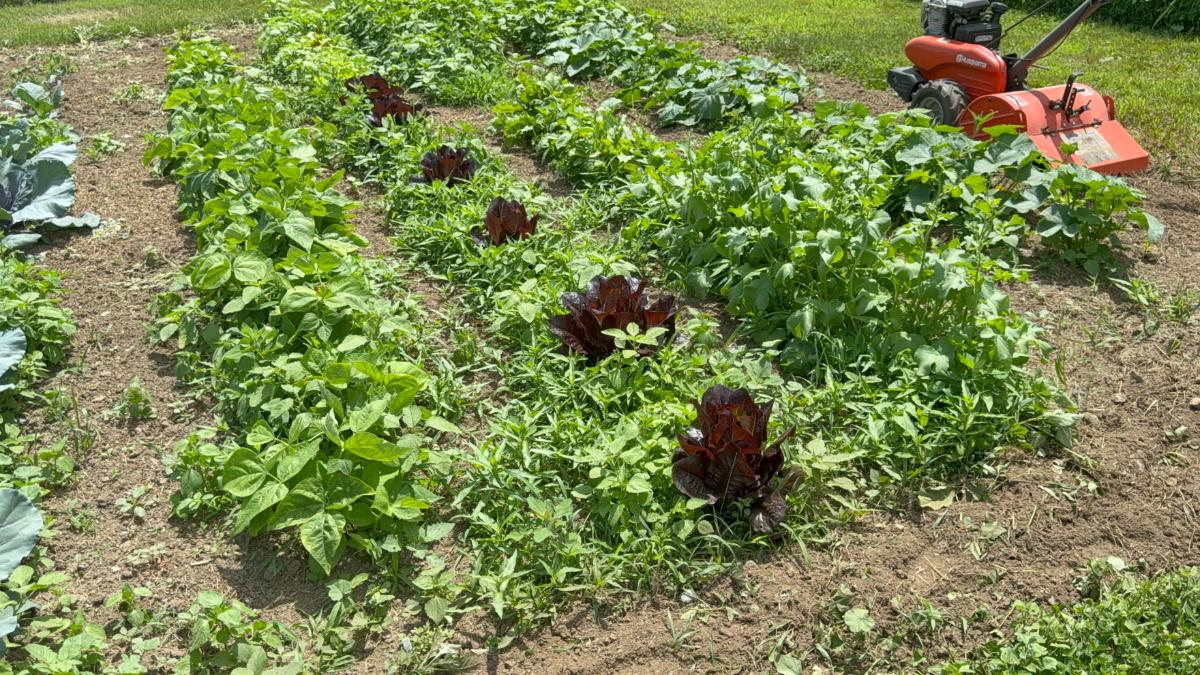
There is an argument (not entirely inaccurate) that tilling can contribute to and possibly increase weed growth because it brings buried weed seeds to the surface.
Perhaps this is true to some extent, but if you have a system for dealing with the weeds that saves you more time and lets you get to it, then it doesn’t make a difference. It is an even better option than letting weeds run rampant, which then go to seed and then drop thousands of new potential weed seeds on the surface.
This is often the case when the weeding gets too far ahead of us.
Just make sure you’re tilling or cultivating often enough so that you never let those weeds go to seed. That practice alone will reduce your weed load exponentially.
There is also the argument that tilling can actually decrease weeds by burying seeds too deep for them to grow.
Reduced Amount and Impact of Microplastics in the Garden -- And in Your Food!
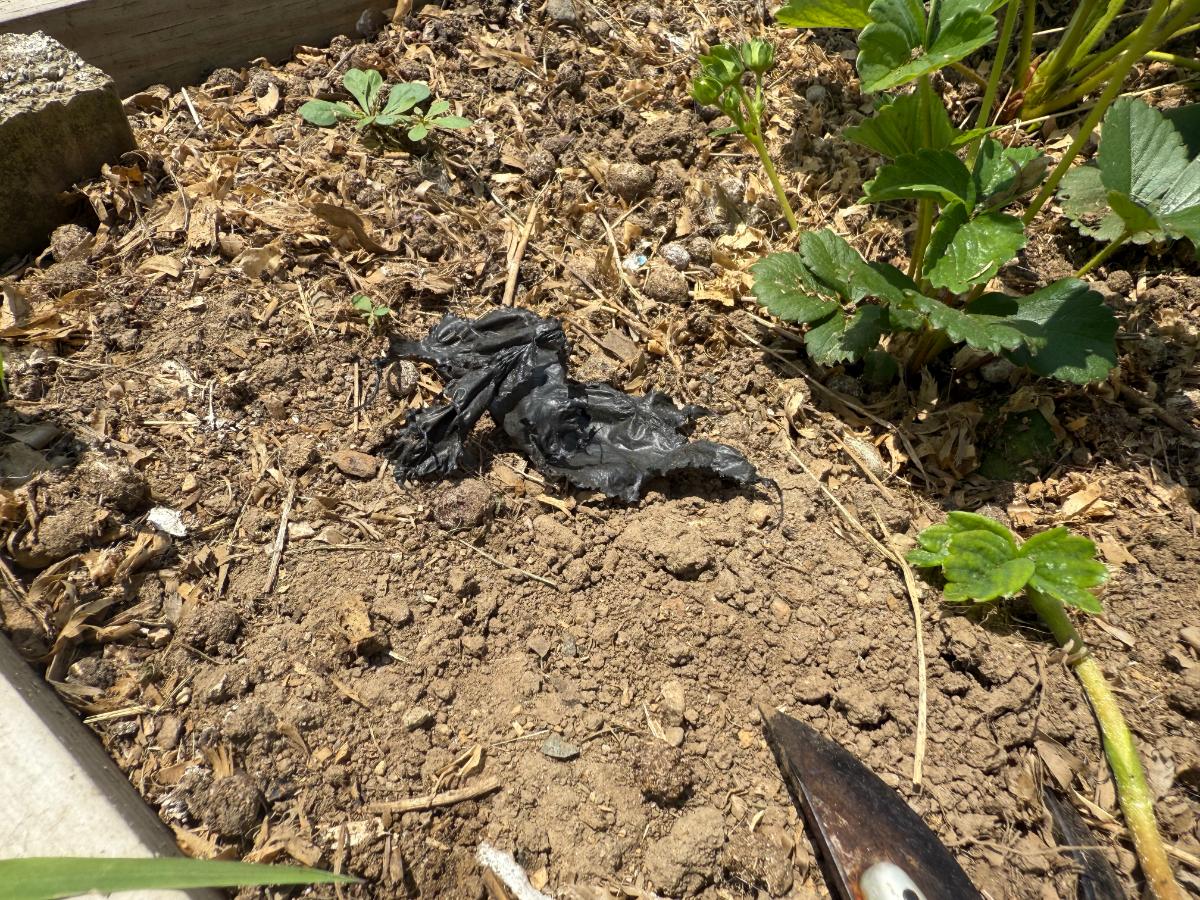
Many weedless gardening and no-till gardening methods rely on weed barriers to control weeds. Many of them are either completely plastic or have a high plastic content.
We are learning more and more about microplastics in the world. Your garden can easily be a very big source of microplastic infiltration into your food and into the environment.
Garden plastics break down in the sun, off-gas in the air and soil, and leave behind pieces of ripped, torn, and broken-down plastic.
On the balance, a little tilling might be a much more environmentally friendly option than micro (and macro) plastic presence in your soil and in your food.
(Not to mention, there is no plastic waste to fill the landfills from rototilling!)
Tillers and Cultivators are Real Time Savers!
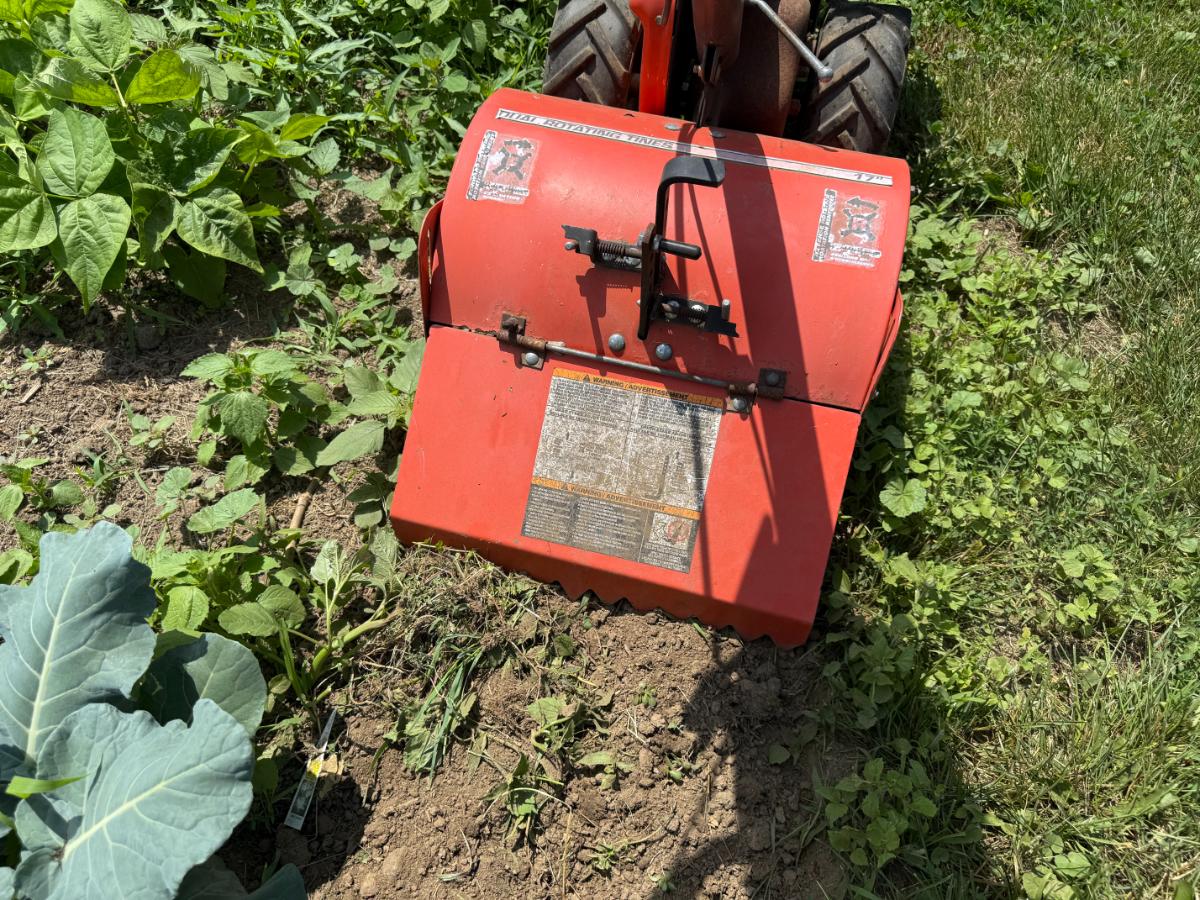
Saving time with regular garden weeding is reason number one to use a tiller or cultivator. They’re simply faster for the bulk of the weeding work. WORLDS faster.
Tillers can turn hours into minutes in the garden.
That’s precious time you could put into picking and preserving, maintaining and taking care of essential insect and disease control (or prevention), or just enjoying your garden a bit more!
Reduce Herbicide and Possibly Pesticide Use
Is your alternative to tilling using weed or plant killers? Do you end up using more chemical herbicides or pesticides to control diseases that might be contributed to by weeds?
Wouldn’t controlled tillage be a better way to grow? (And in the long run, cheaper, too?)
This is another risk-benefit analysis that lands firmly in the column of “pro” for tilling.
Work Around Physical Limitations
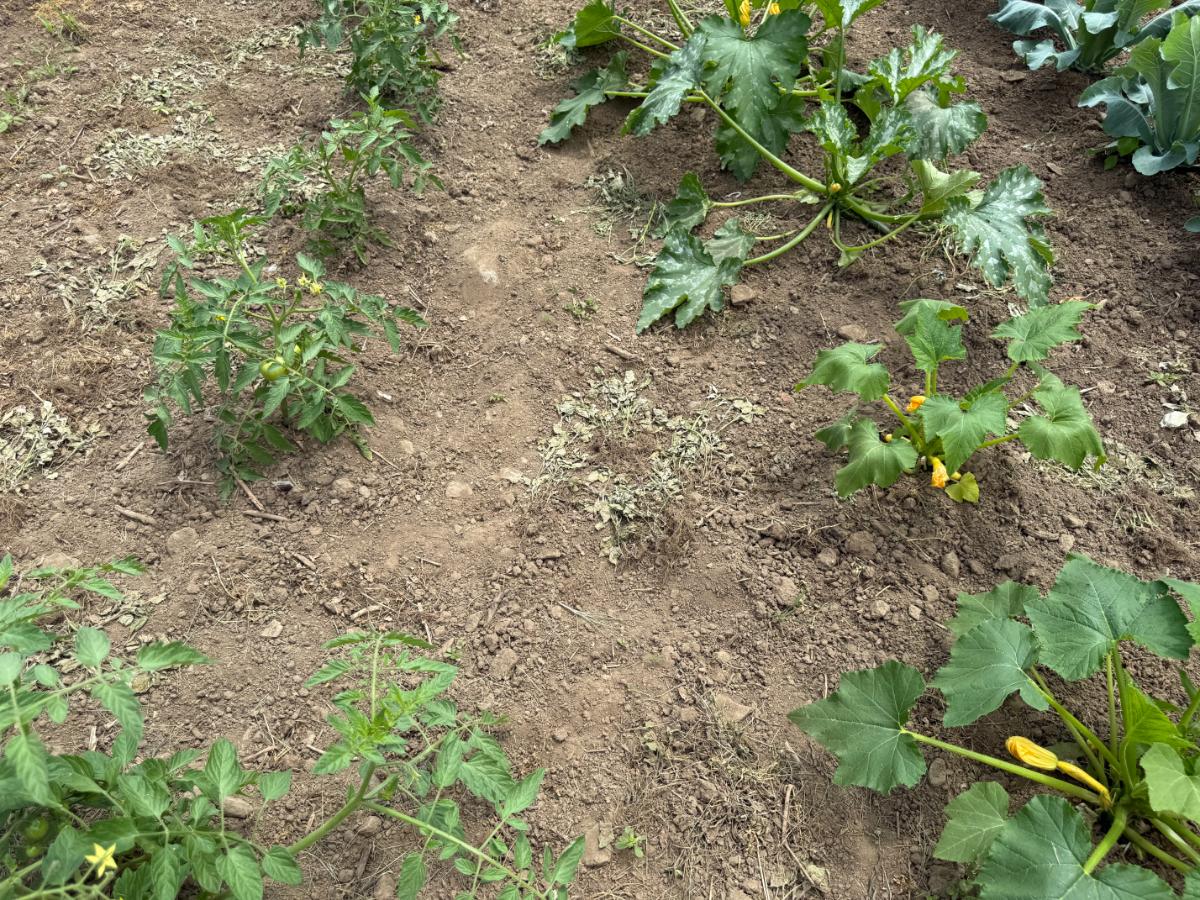
Bending, back problems, knee issues, muscle pain or weakness…these are all major reasons why people stop growing the gardens they love. And then they also stop benefitting from the nutrient-dense fresh food they grow!
A manageable rototiller or cultivator can give you back your garden.
Granted, a heavy or large rototiller could also be difficult depending on your personal physical limitations. But many people find that they can handle a tiller, at least a small or medium-sized tiller, more easily than they can withstand the long hours of kneeling or bending to weed a garden.
There are also smaller versions of tillers and cultivators that can help a person with mobility issues or physical restrictions. Some are attachments that may fit onto a weed trimmer or similar unit. Some are push or walk-behind units that are very small, maneuverable, and lightweight.
There are some excellent small power equipment pieces that can be used for weeding in the garden. Many are now fitted with convenient rechargeable batteries. These can do a lot to keep you gardening, whether your issue be time, strength, movement, or all of the above!
And getting out to the garden is proven to improve both physical and mental health!!
Gardening with Till Is Better than No Till/No Garden at All
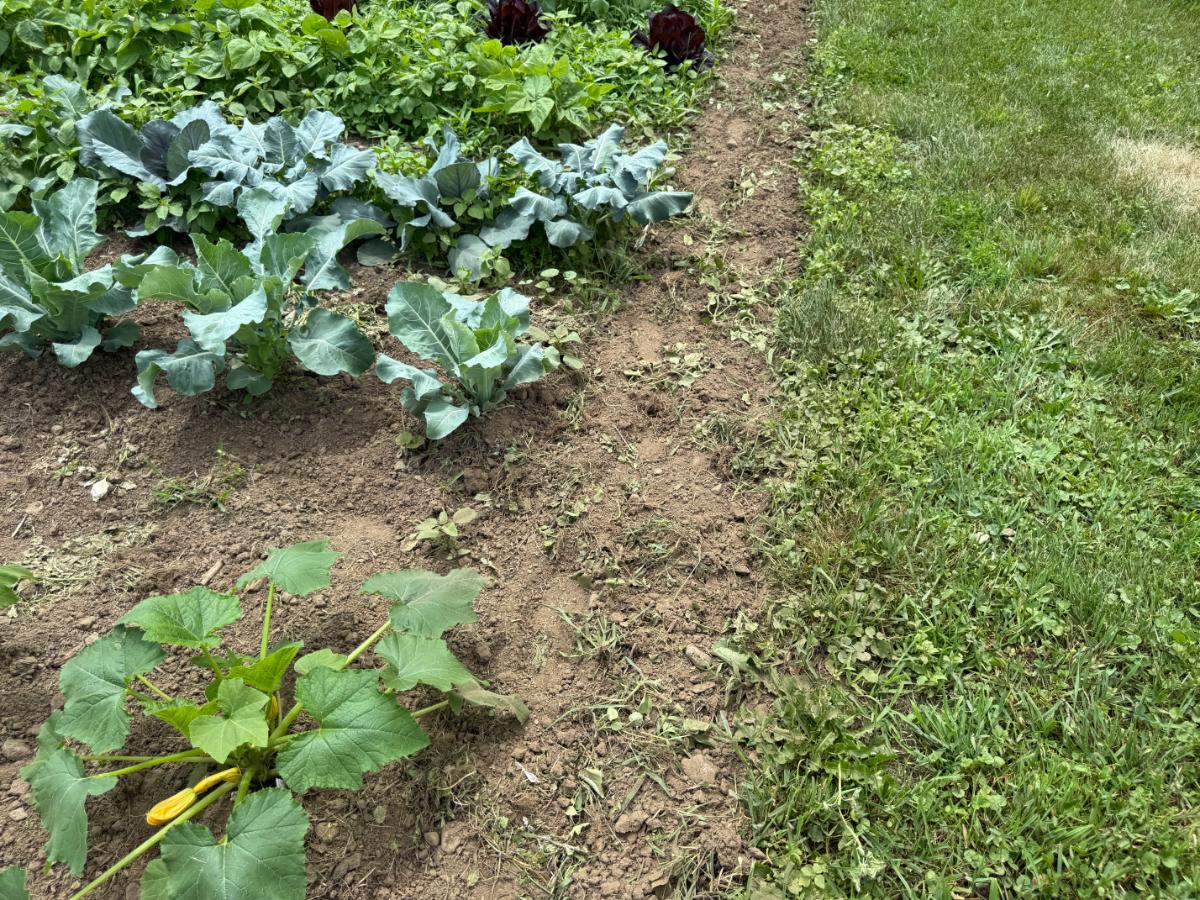
Everyone’s gardening abilities, time, and resources are different. If it’s weeding and maintenance that make it difficult for you to grow your garden, then the odds are definitely in favor of using a tiller -- and not feeling bad about it!
Gardens, even tilled gardens, have many benefits for you personally. They offer a number of potential benefits to pollinators, to soil building, and more.
If your only option is to garden with tilling or not to garden at all, the clear choice is to garden and till.
You can overcome many of the perceived negatives of tilling by practicing good preventive and preservationist gardening:
- Return to the soil what is lost by composting and amending the soil
- Protect pollinators, soil microbes, and worms by diminishing chemical herbicide or pesticide use
- Consider cover crops or tilling in dead plants at the end of the season
- Rotate nitrogen-fixing plants against nitrogen users.
There is a lot you can do to counteract and minimize the impacts that tilling has in your garden.
Tillers and Cultivators Have Other Garden Benefits

Soil aeration, insect control, disease management, compost, amendment, and fertilizer distribution…there are many good things that a rototiller, small tiller, or motorized cultivator can do for the garden.
Certainly, there are a great many benefits to no-till gardening, too. But in the movement toward embracing no-till practices, we shouldn’t be too quick to dismiss and disdain the advantages that tilling can have.
Do What Keeps Your Garden Growing -- And Feeding You Well!
At the end of the day, the best gardening method is the method -- or methods -- that allow you to garden and grow. Feed yourself, feed the soil, reap the rewards. Find the things that make gardening possible. We all win when we garden!

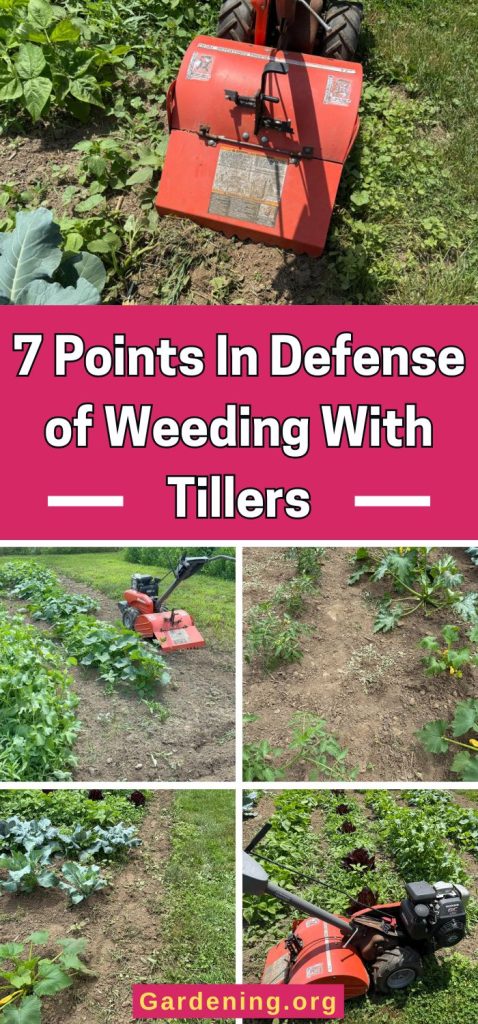
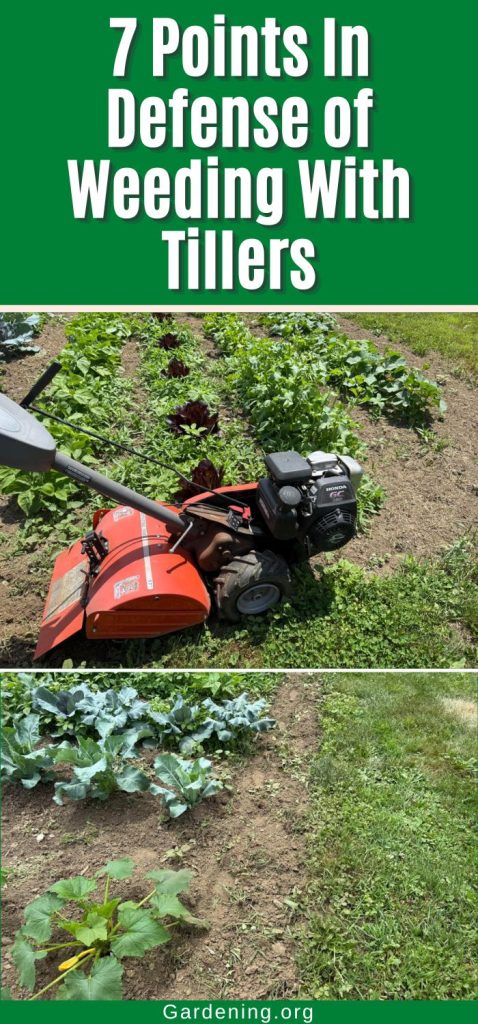
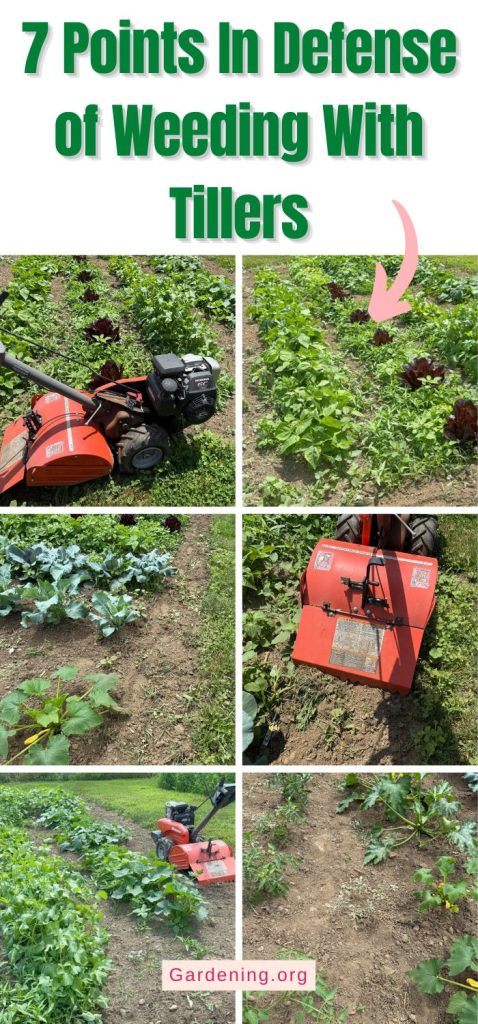

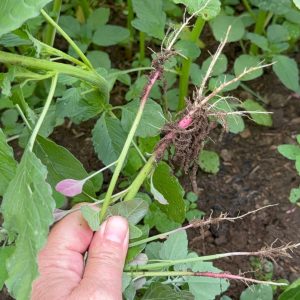
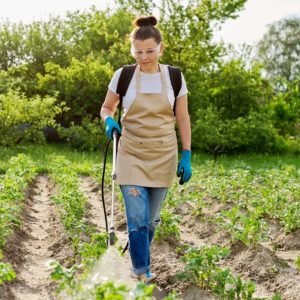
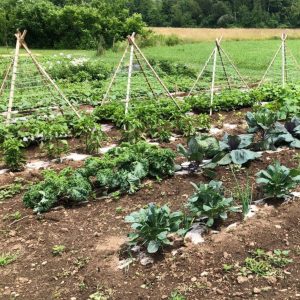
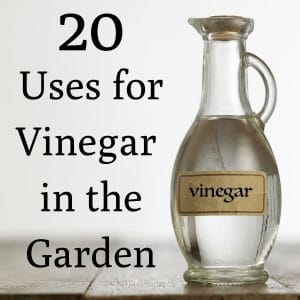
Leave a Reply